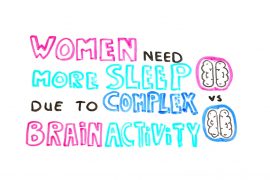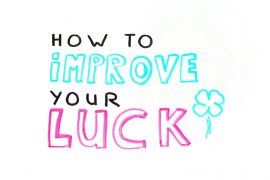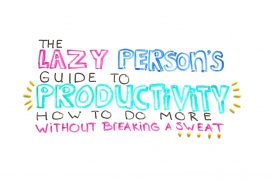This is one of the most simple and effective ways of increasing your productivity, creativity and focus. Sounds too good to be true? Well, it’s not! By scheduling your tasks while taking into account your energy levels during the day, this is the result.
You have probably noticed feeling drowsy after lunch or being less able to focus after 4.00 PM. And you probably beat yourself up about it once in a while. Right?
During the day your energy levels fluctuate. You can stabilize this somewhat with your diet, but some fluctuation will always persist. This is normal. And you can make your life easier by working with these fluctuations. How do you do it?
How To “Energy Map” Your Work Day
You can do this by creating an energy map. Take a piece of paper and note down for every hour of your day how energized and productive you feel. You can do this by simply scoring your energy levels from 0 to 10. You can map your day or even your week. By tracking your scores for a while you will start to see a pattern. This will be your energy map!
Here is an example of a schedule you can apply to your day in order to make to most of your time.
8.30 AM – Start of the day
First, take the time to get settled. Get yourself a coffee or tea and take some time to chat with your colleagues. Start the day off on a positive note.
9.00 AM – Early morning
During this time you will have high energy levels. It will be a good time for tasks that require concentration and creativity. Don’t waste this great energy on simple tasks or tasks that are not your priority (avoid your inbox!).
Use the morning to ‘Eat that Frog’. This theory suggests to start the day with your most important, but perhaps most challenging, task. If you do it immediately you will feel better the rest of the day, you will form a positive habit and you will beat procrastination.
10.30 AM – Mid morning
Energy levels drop. You will experience low blood sugar as the effects of breakfast wear off. Take time for a snack to keep your blood sugar levels stable.
Use this time for a quick break or, for instance, a short coffee meeting.
11.00 AM – Morning
Now that you stabilized your blood sugar levels you are back on track. Use this time to work on that demanding task again.
12.00 PM – Lunch break
Take time to grab lunch and unwind. Research shows that participants were the most productive when they took 17 minute breaks. For every 52 minutes of work! Okay, that may be a bit much but let the takeaway be that you need breaks to stay productive.
This old Zen saying about meditation could also be applied to taking breaks.
You should sit in meditation for 20 minutes a day. Unless you’re too busy, then you should sit for an hour.
12.30 PM – After lunch
The increased brain serotonin and melatonin levels, following a meal, result in sleepiness. Also known as the post-lunch dip. You can reduce this post-lunch dip by having a low-carb lunch. But many of us will always experience a small dip. Take some time to recover by working on easy tasks, like answering simple e-mails.
1.00 PM- Mid day
This is the time to slay, make use of it! Work on that mentally demanding task, on that long-term project or answer those tough emails.
4.30 PM – End of day
Many of us experience a drop in energy during the late afternoon. Keep your blood sugar levels stable by having a snack. Use this time to go through your inbox, have meetings and set your goals for the next day.
Now it’s up to you. Do you make use of your energy peaks during the day?






